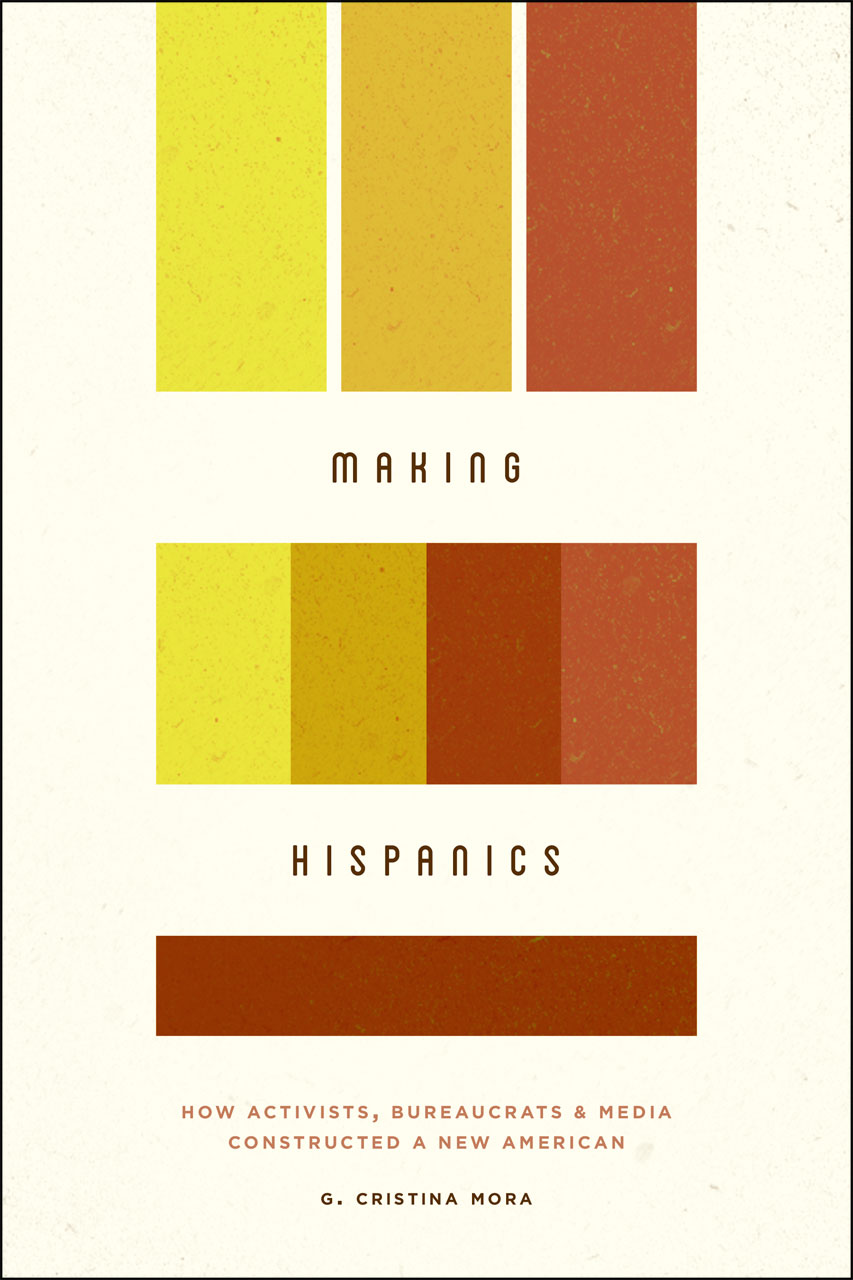The Next AmericaPosted in Articles, Census/Demographics, Latino Studies, Media Archive, United States on 2014-04-15 19:43Z by Steven |
Pew Research Center
2014-04-10
Paul Taylor, Executive Vice President of Special Projects
Demographic transformations are dramas in slow motion. America is in the midst of two right now. Our population is becoming majority non-white at the same time a record share is going gray. Each of these shifts would by itself be the defining demographic story of its era. The fact that both are unfolding simultaneously has generated big generation gaps that will put stress on our politics, families, pocketbooks, entitlement programs and social cohesion.
The Pew Research Center tracks these transformations with public opinion surveys and demographic and economic analyses. Our new book, The Next America, draws on this research to paint a data-rich portrait of the many ways our nation is changing and the challenges we face in the decades ahead.
Let’s start with what demographers call an “age pyramid.” Each bar represents a five year age cohort; with those ages 0-4 on the bottom and those ages 85 and older on the top. In every society since the start of history, whenever you broke down any population this way, you’d always get a pyramid.
But from 1960 to 2060, our pyramid will turn into a rectangle. We’ll have almost as many Americans over age 85 as under age 5. This is the result of longer life spans and lower birthrates. It’s uncharted territory, not just for us, but for all of humanity. And while it’s certainly good news over the long haul for the sustainability of the earth’s resources, it will create political and economic stress in the shorter term, as smaller cohorts of working age adults will be hard-pressed to finance the retirements of larger cohorts of older ones.
America’s Racial Tapestry Is Changing
At the same time our population is going gray, we’re also becoming multi-colored. In 1960, the population of the United States was 85% white; by 2060, it will be only 43% white. We were once a black and white country. Now, we’re a rainbow.
Our intricate new racial tapestry is being woven by the more than 40 million immigrants who have arrived since 1965, about half of them Hispanics and nearly three-in-ten Asians.
Because these tranformations happen tick by tock, without anyone announcing them with a drum roll or press conference, they are sometimes hard to perceive…
Read the entire article here.
